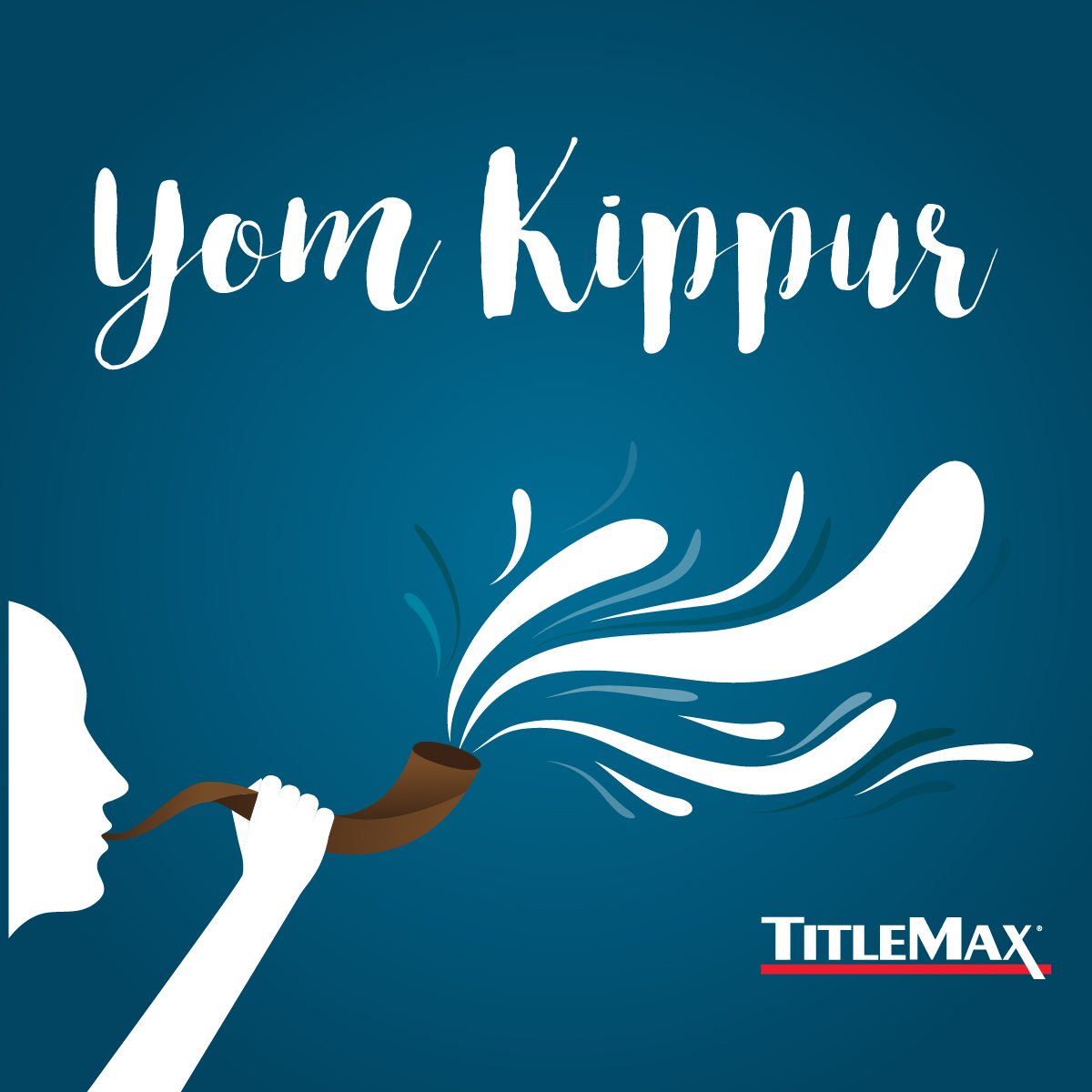

Families then gather together for breakfast, a relaxed meal. The blowing of the shofar, a ram's horn, marks the end of Yom Kippur Image: Abir Sultan/dpa/picture allianceįor many Jews, the holiday is largely celebrated in the synagogue, with some services lasting the entire day without pause.Īt the end of the service, the shofar, a ram's horn, is blown, its drawn-out tone marking the holiday's end. On the day before Yom Kippur, some Jews hold two festive meals, one during the day and one just before the holiday begins in the evening. Honey may feature in some Jews' meals in the form of honey cake. While the strictness of adherence varies greatly, the solemn character and meaning of the holiday remain consistent. Every year, millions of Jews mark Yom Kippur, Judaisms holiest day, fasting for 25 hours while reflecting on the past year and seeking Gods forgiveness. Today, a majority of Jews around the world continue to observe Yom Kippur. Ultra-orthodox Jews, such as these in Israel, often wear white clothing on Yom Kippur Image: MENAHEM KAHANA/AFP/Getty Images Very observant Jews may also avoid wearing any leather products but make a point to wear white clothing. Other prohibitions can include washing, sex, wearing makeup and other things considered indulgences. The goal is to go beyond worldly affairs and focus on the spiritual.

Known as the Day of Atonement, the Jewish holiday is spent in prayer and fasting among many people of the Jewish faith. Yom Kippur is on the tenth day of the month of Tishri in the Jewish calendar. Yom Kippur is also the only day of fasting that is fully observed on the Sabbath, a day on which it is normally forbidden to fast. Yom Kippur for the year 2010 is celebrated/ observed on sundown of Friday, September 17th ending at sundown on Saturday, September 18th. Yom Kippur is observed as a day of strict fasting, during which Jews commonly refrain from food and drink for 25 hours, starting on the evening prior to the day of atonement itself and lasting until sundown of the holiday. The symbolic recognition of one's sins, catharsis, forgiveness and the unbreakable connection to God are all a part of Yom Kippur. The practice gave rise to the English term "scapegoat," which today means a person who bears the blame of others but is in fact innocent, or someone who is irrationally blamed for unfortunate incidents or problems. Moses receiving the 10 commandments on Mount Sinai Image: Berit Kessler/Zoonar/picture allianceĪccording to tradition, on the day of atonement, a male goat symbolically carrying the sins of the Jewish people was sent out into the desert. Moses asked God to not destroy them, and God forgave them on the 10th day of Tishrei. Seen in this religious context, Yom Kippur marks the day on which God forgave the Jewish people for the sin of the golden calf. During those 40 days, they had prayed to a golden calf, thereby committing the sin of idolatry. According to the Bible, 40 days after receiving the Torah at Mount Sinai, the Jewish people were selected as God's chosen people.


 0 kommentar(er)
0 kommentar(er)
